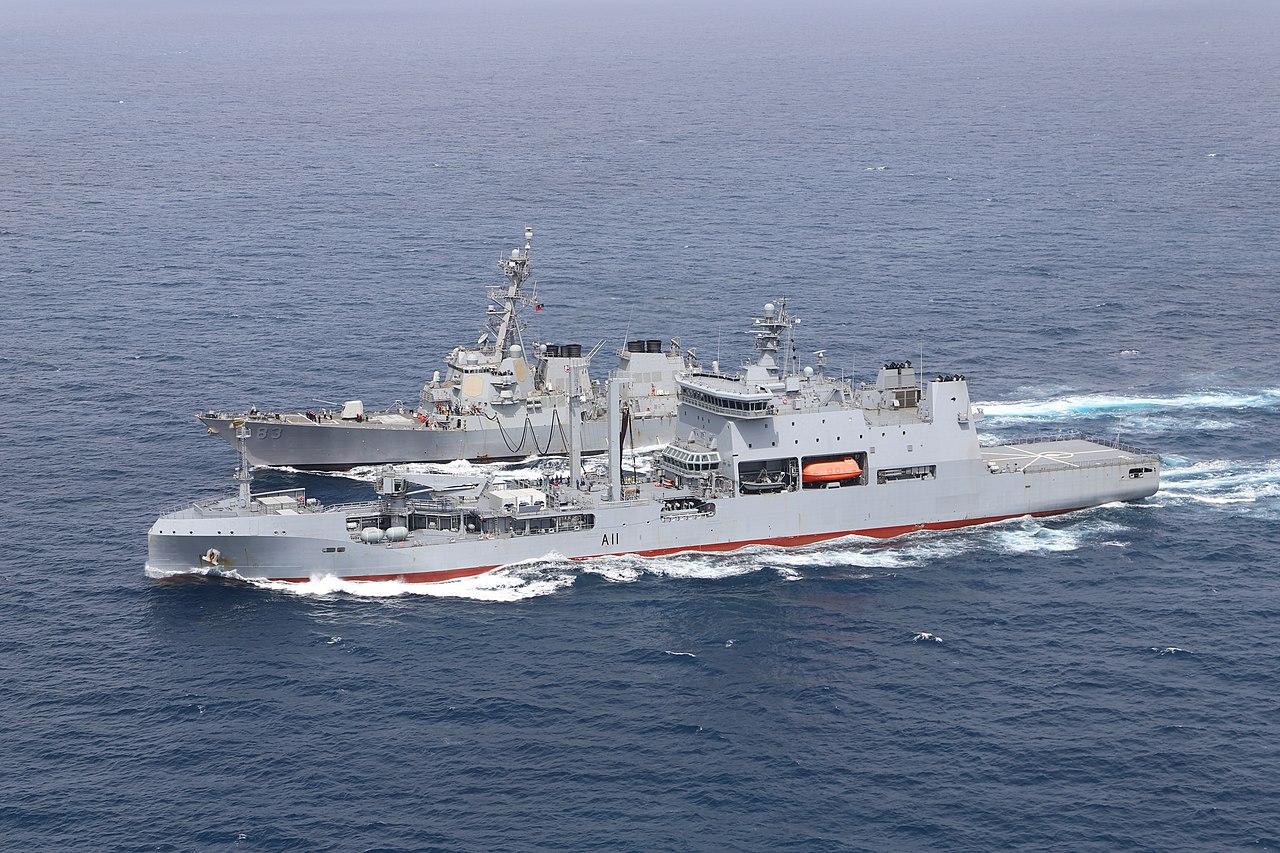New Zealand Navy Eyes Fleet Management Overhaul
The Royal New Zealand Navy has released a market research document seeking to manage the service’s ships nearing the end of their service lives.
Entitled Maritime Fleet Market Research for the Defence Capability Plan, the request for information (RFI) details the navy’s interest in establishing unique and alternative fleet configurations instead of taking a “like-for-like” approach to replacements that will prove to be costly.
Fleet restructuring, alternative crewing concepts, and partnering arrangements are some of the Defence Capability Plan’s targets outlined by the RFI as priorities for information gathering.
The move comes after the release of New Zealand’s 2023 Defense Policy Review, which emphasizes a deliberate and strategy-led approach to the promotion and protection of New Zealand’s security interests.
Engaging the Industry
The RFI stated that the navy’s current fleet has encountered management problems due to the ships’ varied needs.
“The current fleet configuration of nine ships across six classes, with many aspects of bespoke design, is increasingly difficult for the Royal New Zealand Navy to manage. Maintenance, operational management and training requirements differ significantly between ship classes,” it read.
“Diversity of ship classes coupled with only one or two of each ship type provides a breadth of capability but little depth, which may mean the best ship for a task is not available when needed.”
The RFI seeks to reduce the complexity of the defense’s systems and structures, looking to companies that can offer maritime consultation services, ship manufacturing, uncrewed systems expertise, and commercial crew services.
The document also reinforced New Zealand’s Future Force Design Principles approach to defense planning, stressing the importance of engaging the industry earlier in planning and design.
The acquisition and through-life support of naval ships, landing craft, autonomous uncrewed assets, mission-planning facilities, and simulation and training resources were included as scopes of information requested in the document. Conversely, maritime helicopters and ship boats were excluded.












